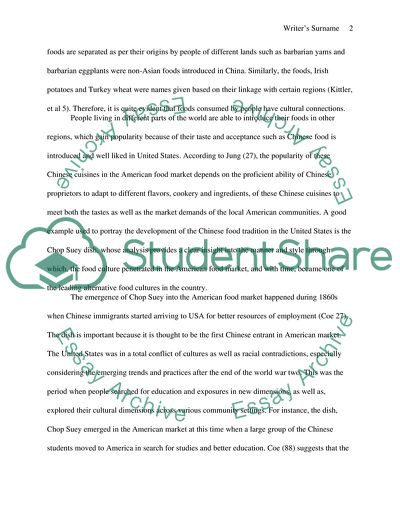Cite this document
(The Development of Chinese Food Culture in the United States of Research Paper, n.d.)
The Development of Chinese Food Culture in the United States of Research Paper. Retrieved from https://studentshare.org/culture/1827234-chinese-food-in-the-united-states-food-as-culture
The Development of Chinese Food Culture in the United States of Research Paper. Retrieved from https://studentshare.org/culture/1827234-chinese-food-in-the-united-states-food-as-culture
(The Development of Chinese Food Culture in the United States of Research Paper)
The Development of Chinese Food Culture in the United States of Research Paper. https://studentshare.org/culture/1827234-chinese-food-in-the-united-states-food-as-culture.
The Development of Chinese Food Culture in the United States of Research Paper. https://studentshare.org/culture/1827234-chinese-food-in-the-united-states-food-as-culture.
“The Development of Chinese Food Culture in the United States of Research Paper”, n.d. https://studentshare.org/culture/1827234-chinese-food-in-the-united-states-food-as-culture.


